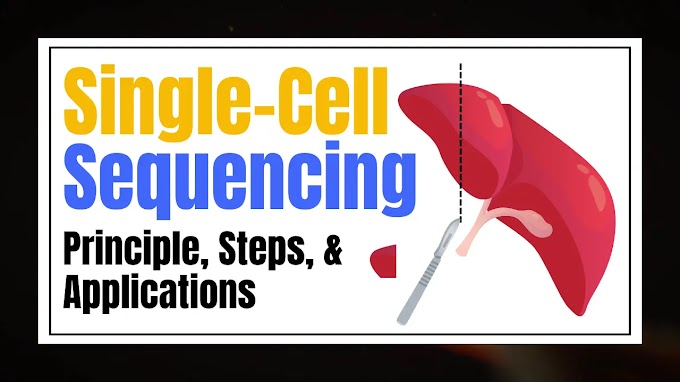by anaerobic jar microbiology Microbiology Doctor-dr
Central Dogma- Replication, Transcription, Translation
- DNA carries all of the genetic information that defines an organism's structure and function.
- Proteins are created by using the genetic code of DNA.
- The conversion of DNA encoded information to RNA is required for protein synthesis.
- Thus, genetic information travels from DNA to RNA to protein throughout most cells.
- The flow of information is governed by three distinct mechanisms that are in charge of genetic information inheritance and conversion from one form to another:
- Replication is the process through which a double-stranded nucleic acid is reproduced to produce identical copies. This procedure ensures that genetic information is passed down across generations.
- Transcription: A gene's DNA segment is read and transcribed into a single-stranded RNA sequence. The RNA is transported from the nucleus to the cytoplasm.
- Translation: As the protein is created, the RNA sequence is translated into an amino acid sequence. The ribosome reads three nucleotides (a codon) from the RNA at a time and translates them into one amino acid during translation.
This information transfer is unidirectional and irreversible.
This is the most straightforward interpretation of the Central Dogma of Molecular Biology.
- The core tenet of molecular biology, in the grand scheme of things, is an explanation of the movement of genetic information within a biological system.
- Francis Crick stated it initially in 1958, "Once 'information' has gone into protein, it cannot get out again." More specifically, information transfer from nucleic acid to nucleic acid or nucleic acid to protein may be conceivable, but transfer from protein to protein or protein to nucleic acid is impossible."
The Dogma
- The dogma is a conceptual framework for comprehending the transfer of sequence information between information-carrying biopolymers such as DNA and RNA (both nucleic acids) and protein.
- There are 33=9 possible direct information exchanges that can occur between them.
- The doctrine divides these into three groups of three:
A. Three general transfers
- It depicts the usual flow of biological information: DNA can be replicated to DNA, DNA information can be transferred into mRNA (transcription), and proteins may be produced using mRNA information as a template (translation).
- It is thought to occur naturally in the majority of cells.
B. Three special transfers
- The special transfers explain RNA replication (the copying of RNA from RNA), DNA synthesis utilising an RNA template (reverse transcription), and protein synthesis straight from a DNA template without the usage of mRNA.
- Temin (1970) discovered an enzyme called "RNA dependent DNA polymerase" (inverse transcriptase) that could create DNA from a single stranded RNA template.
- Baltimore (1970) discovered this enzyme's activity in RNA tumour viruses.
- This remarkable discovery in molecular biology gave rise to the notion of "central dogma reversal" or teminism, which suggests that the order of information flow does not have to be from DNA to RNA to protein but may also occur from RNA to DNA.
- It is known to happen, but only under certain conditions, for as with particular viruses or in a laboratory.
C. Three unidentified transfers
- The unknown transfers describe: a protein being duplicated from another protein, RNA synthesis using a protein's main structure as a template, and DNA synthesis using a protein's primary structure as a template.
- These are not considered to occur naturally.
The Importance of Molecular Biology's Central Dogma
Thus, the fundamental dogma offers the basic foundation for how genetic information travels from a DNA sequence to a protein product inside cells, providing insight into the crucial processes that occur within cells.


%20Technique%20A%20Comprehensive%20Guide%20to%20Water%20Quality%20Testing%20and%20Microbiological%20Analysis.webp)

.webp)



